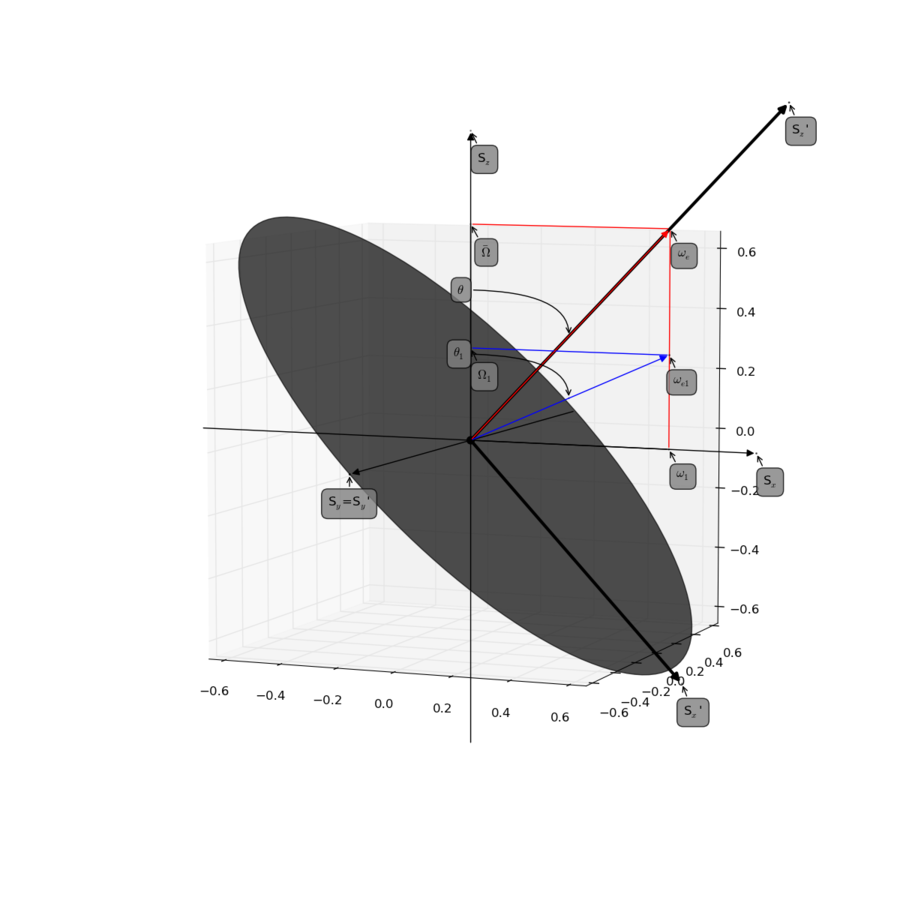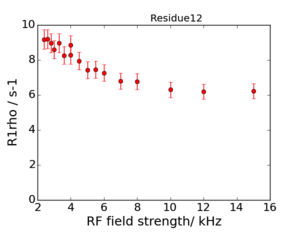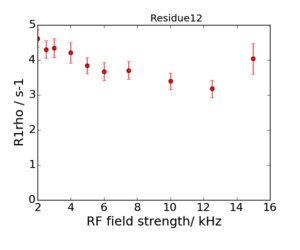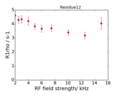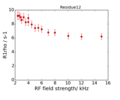Difference between revisions of "Tutorial for sorting data stored as numpy to on-resonance R1rho analysis"
Jump to navigation
Jump to search
| Line 30: | Line 30: | ||
[[File:Residue12 950.png|thumb|950 MHz]] | [[File:Residue12 950.png|thumb|950 MHz]] | ||
[[File:Residue12 600.png|thumb|600 MHz]] | [[File:Residue12 600.png|thumb|600 MHz]] | ||
| + | |||
| + | <gallery> | ||
| + | File:Residue12 600.png|600 MHz | ||
| + | File:Residue12 950.png|950 MHz | ||
| + | </gallery> | ||
== Create data files for relax == | == Create data files for relax == | ||
Revision as of 22:46, 14 November 2015
Data background
This is data recorded at 600 and 950 MHz.
For each spectrometer frequency, the data is saved in np.arrays
- one for the residue number,
- one for the rates,
- one for the errorbars,
- one for the RF field strength.
They can be retrieved also with scipy's loadmat command.
The experiments are on-resonance R1rho, and the rates are already corrected for the (small) offset effect, using the experimentally determined R1.
Specifically, the numpy shapes of the data is:
- For 600 MHz
- residues (1, 60)
- rates (60, 10)
- errorbars_rate (60, 10)
- RFfields (1, 10)
- For 950 Mhz
- residues (1, 61)
- rates (61, 19)
- errorbars_rate (61, 19)
- RFfields (1, 19)
Create data files for relax
File: mat_example.py
